NASA’s Webb Telescope will use quasars to unlock the secrets of the early universe
Quasars are very bright, distant and active supermassive black holes that are millions to billions of times the mass of the Sun. Typically located at the centers of galaxies, they feed on infalling matter and unleash fantastic torrents of radiation. Among the brightest objects in...
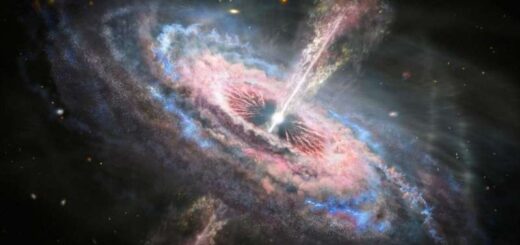
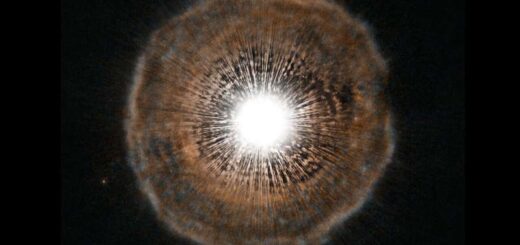
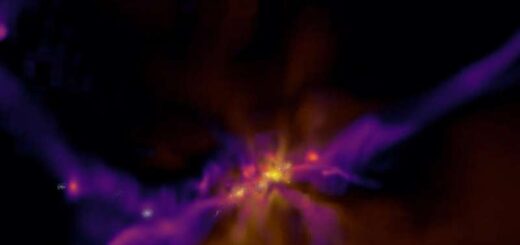
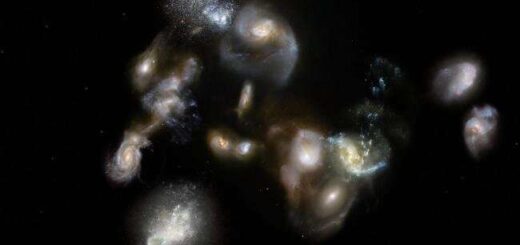
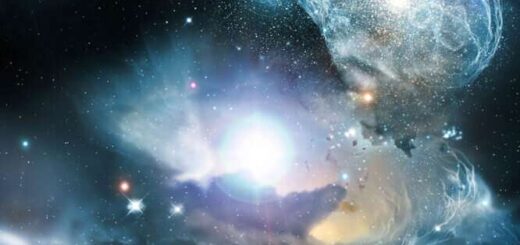
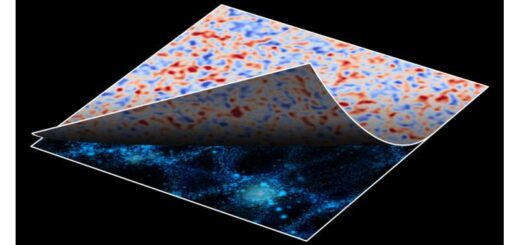
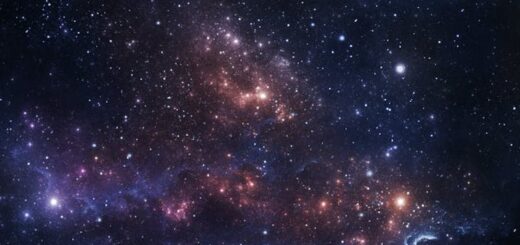

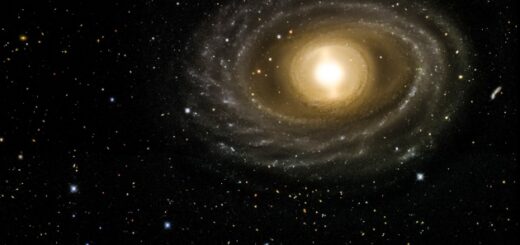
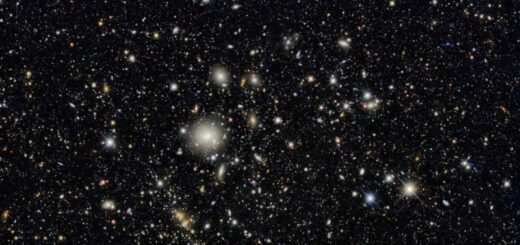
 Creators of mankind
Creators of mankind Description of “Tall white aliens”
Description of “Tall white aliens” Where they came from?
Where they came from? About hostile civilizations
About hostile civilizations The war for the Earth
The war for the Earth “Tall white aliens” about eternal life
“Tall white aliens” about eternal life Video: “Nordic aliens”
Video: “Nordic aliens” Aliens
Aliens Alien encounters
Alien encounters The aliens base
The aliens base UFO
UFO Technology UFO
Technology UFO Underground civilization
Underground civilization Ancient alien artifacts
Ancient alien artifacts Military and UFO
Military and UFO Mysteries and hypotheses
Mysteries and hypotheses Scientific facts
Scientific facts


















